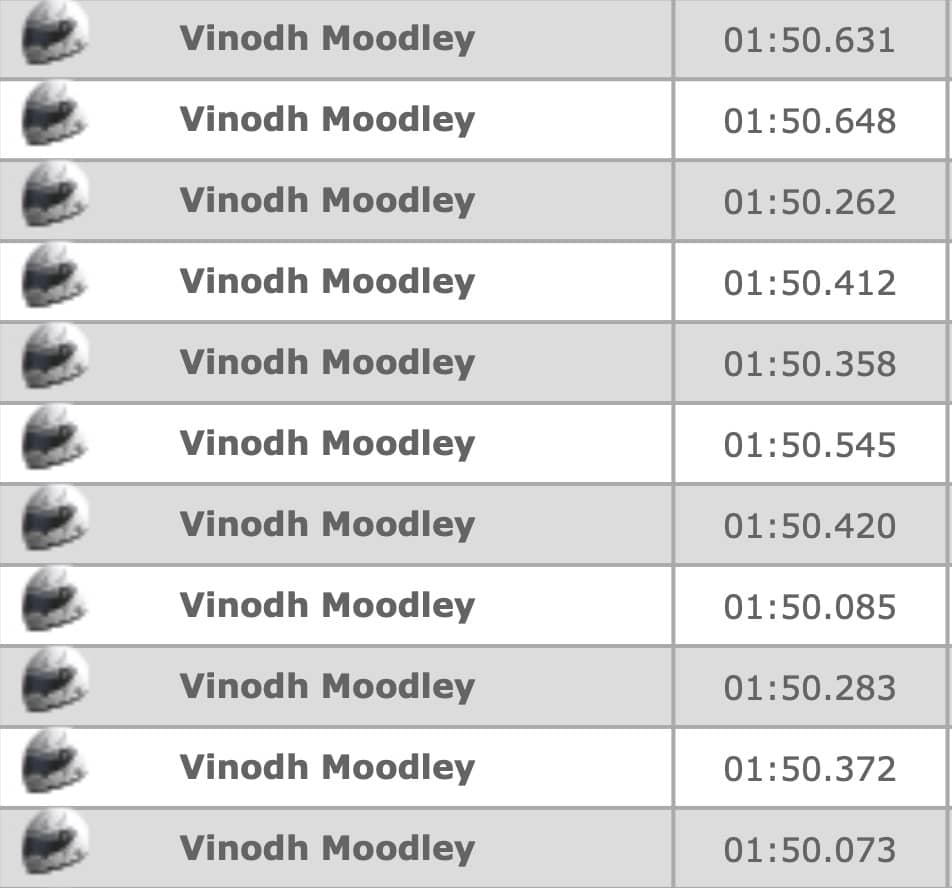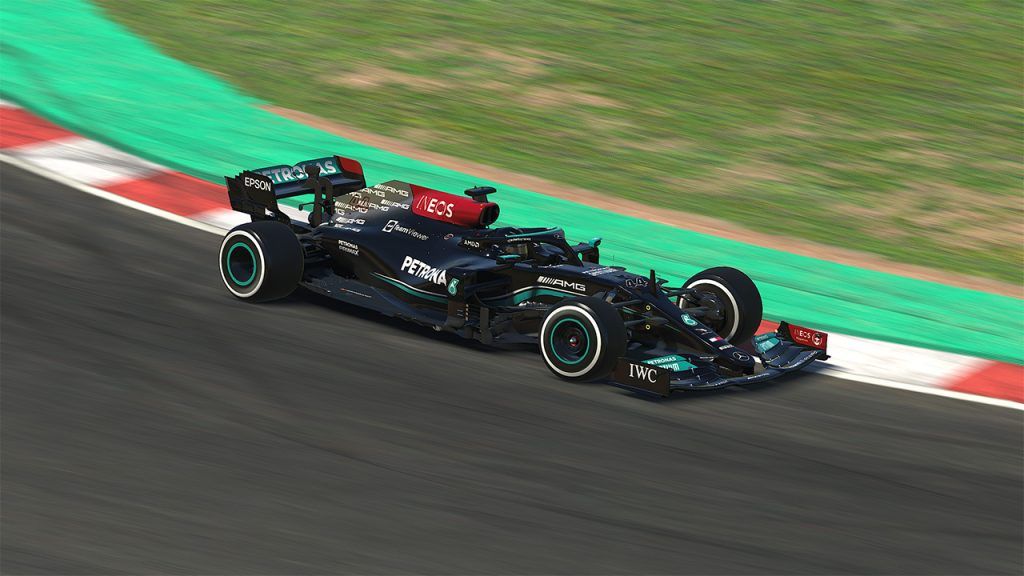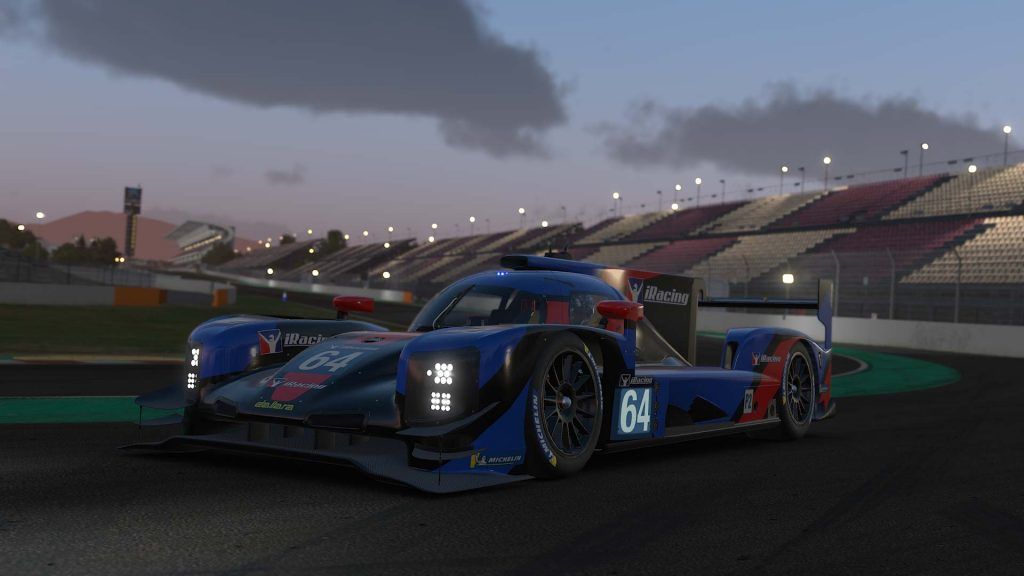Being fast in iRacing isn't easy. You have to learn the car, track, and finer points of the setup and eventually push yourself to extract the maximum out of the car. However, we think that being consistent is much more difficult than being fast over a single lap.
Why is consistency so important?
Setting fast lap times that are close together without wild fluctuations has several benefits. For example, if you can drive a twenty-lap stint at Silverstone with lap times all a few tenths of a second from a target time of 1:28, then it means you're being very consistent. This can help prevent mistakes like spins, crashes, off-track excursions etc.
It can also help improve tire wear, fuel usage, better control of brake temperatures, etc.
Tips on how to be consistent
These tips however will only help you once you've learned the track and found some pace. One quick way to know if you're more or less on the pace in iRacing is to look at lap times from previous races. You can then join a practice session and compare your own times versus other drivers in a session. Once you've established what you're capable of and more or less work out what a good race fuel lap is, it's time to focus on consistency.

Gearshifts
We suggest that one of the first steps to reaching really good consistency is to try and make sure that all of your gearshifts for every corner of every lap are the same. It sounds difficult, but once you start doing it consciously, it will quickly become second nature. For example, Turn 1 at Monza is approached at high speed, and you're going to be braking heavily and downshifting to a lower gear. You'll exit in a low gear and shift up to top gear through Curva Grande. We suggest that if you're driving the Mercedes F1 car and approach Turn 1 in 8th gear, shift down to 2nd gear and then short-shift to 3rd on the exit.
This must be done every lap for every corner. By using the exact gearshifts for every corner on every lap, your consistency will improve by a huge margin.

Braking points
Most tracks have brake markers on the side of the track that you can use as a reference for when to brake. Unfortunately, these markers don't always line up perfectly with where you want to brake exactly.
We suggest you use these markers initially when learning the track and establishing a target lap time, but you must then transition to more accurate brake markers.
For example, look for something on the side of the track like a building, signboard, parked vehicle etc. or maybe a crack on the track surface that can act as a more precise brake marker. This custom marker will allow you to have an accurate brake marker that works for you. Needless to say, this will also make a large contribution towards improving your consistency.
Throttle usage
Similar to how to brake markers work, throttle input is vital for consistent lap times. When you exit a corner, it's very tempting to apply 100% throttle as soon as possible, it's also tempting to slam on the throttle to try and get a good exit. This driving style can make you prone to on-throttle oversteer moments and possible spinouts.
We suggest you try to apply the throttle smoothly and work towards applying 100% throttle at the same point when exiting a corner. This is not an easy technique, but our experience shows that once you've learned to perfect your gearshifts, this will then become easier.
Final thoughts
Besides improving tire wear, fuel usage etc, better consistency means fewer mistakes and a improved chance of finishing races. It also means that you'll feel more comfortable driving the car without worrying about any surprises like sudden snaps of oversteer and have spare capacity to work out your race strategy, plan overtakes etc.
Needless to say, achieving good consistency at a competitive race pace isn't easy but we're sure that once you put in the effort to accomplish it, you will reap the benefits.

